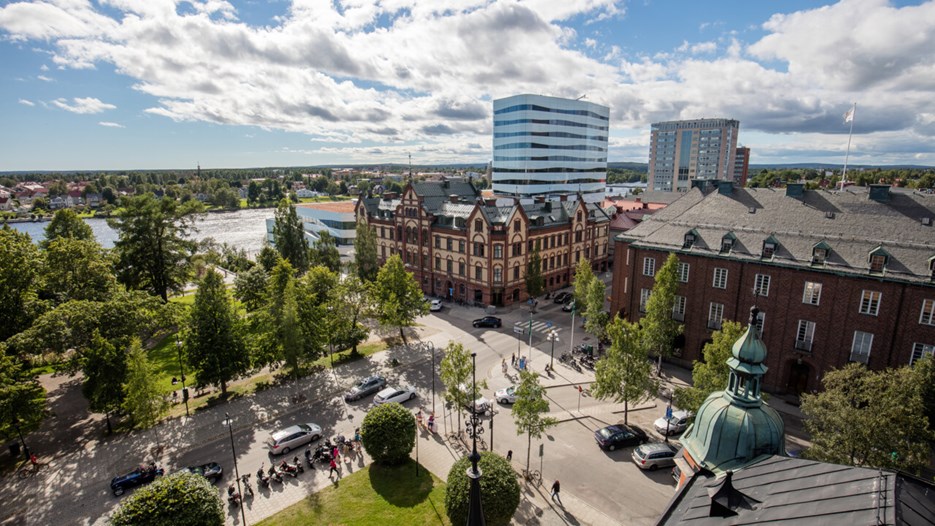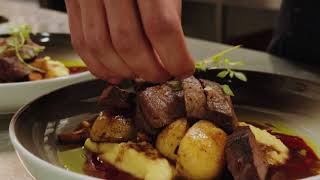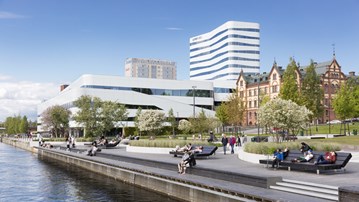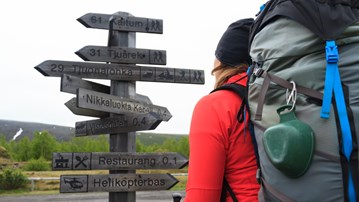Quick facts about Umeå (2022)
• Population: 130 997 (July 2022)
• Year founded: 1622
• Average age: 39
• Nationalities: 90
• Companies: 14,000
• Sports and leisure facilities: 200
• Exercise trails: 160 km
• Cycle paths: 262 km
• Annual hours of sunshine: 1,800
• Number of birches in the city centre: 2,300
• Sunrise on 21 June: 02:21
• Sunset on 21 June: 22:59
Source: www.umea.se/fakta





